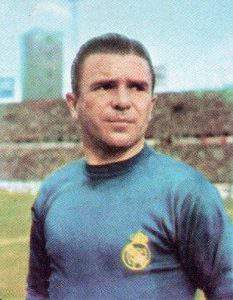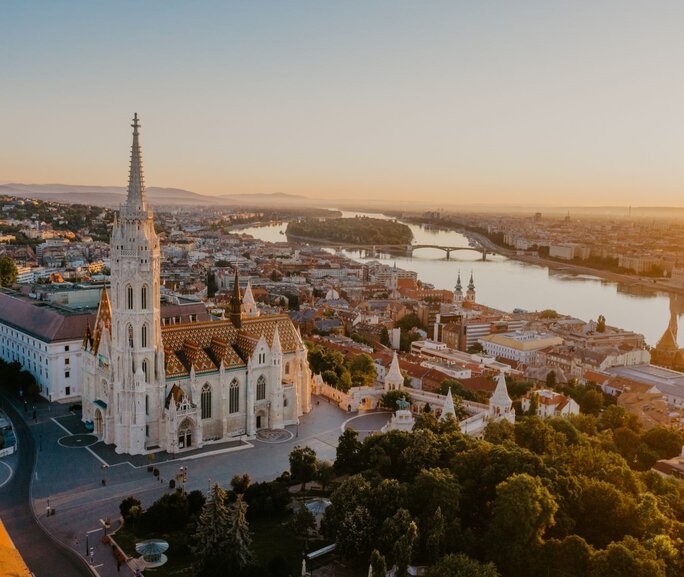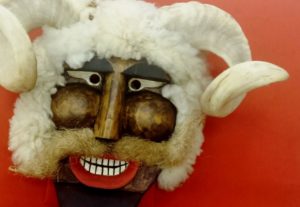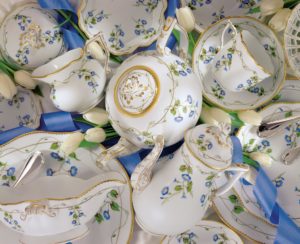What are Hungarikums? Discover some rare examples!

Hungarikum is a collective term indicating a value worthy of distinction and highlighting within a unified system of qualification, classification, and registry, which represents the high performance of Hungarian people thanks to its typically Hungarian attribute, uniqueness, speciality, and quality.
This is the official definition of a Hungarikum, meaning some of the most well-known and iconic products of Hungary. To describe it more simply, these are meals, drinks, and even animals, pieces of clothing, and buildings that stand out from Hungarian culture because of their worth, outstanding history, quality, recognition, and uniqueness; they are true, 100% Hungarian products. The most common ones, as some of you might know, are pálinka, Tokaj wine, Dobos cake, Chimney cake, and Törley Sparkling Wine, but there are some you might not be familiar with.
Lake Hévíz
Being a popular tourist destination because of its healing thermal water, Hévíz is not just a unique lake in Hungary, but also a Hungarikum. Its unique location and the water healing people with respiratory and joint problems earned Hévíz the precious title.

Ferenc Puskás
Yes, even people can be Hungarikums. Ferenc Puskás, the legendary and world-famous Hungarian football player, established himself in the history of sports forever.

Budapest
The capital of Hungary is not just a part of the UNESCO World Heritage sites, but with the Danube River, the Castle District, and Andrássy Avenue, it has also been declared as a Hungarikum.

Falconry
Hungarians have been known for falconry since the beginning of when they arrived at the Carpathian Basin. This ancient heritage has been the part of Hungarian culture ever since.

Busójárás
Every February, masked men flood the streets of Mohács to scare away the winter season. They are called busós, and they are also Hungarikums. This kind of winter festival related to the history of the carnival can only be found and observed in Hungary.

Zsolnay, Hollóházi, and Herendi Porcelain
Hollóházi, Zsolnay, and Herendi porcelain are also Hungarikums. The finest works made by careful hands decorate many Hungarian households in the country and even abroad.

Featured image: www.facebook.com/hollohazi.hu


https://m.youtube.com/channel/UC2X7k3tT3yUxr_DsdWoC9fw
Youtube channel to learn more about the wide range of Hungarikum here.
I was having a drink with a Hungarian man who now mainly lives inFrance, the other day. He mentioned that in France, the Herendi make is not really known. I can vouch for the fact that in the UK Herendi is pretty much unheard of. When my mother died I gave all her Herendi stuff to a charity shop (Oxfam) where it was subsequently priced and sold for pennies (well, ok a couple of quid). As for the other brands of porcelein mentioned, I’ve never heard iof them. They might be famous in Hungary but not in other countries.